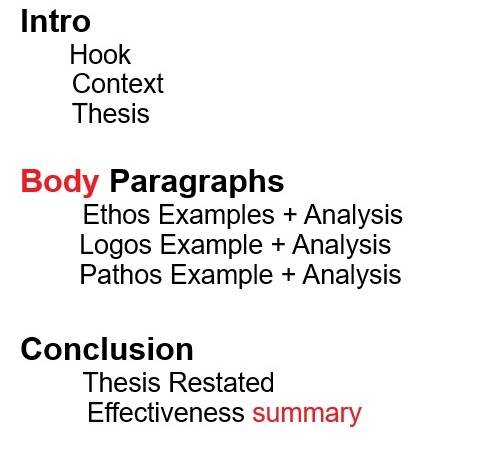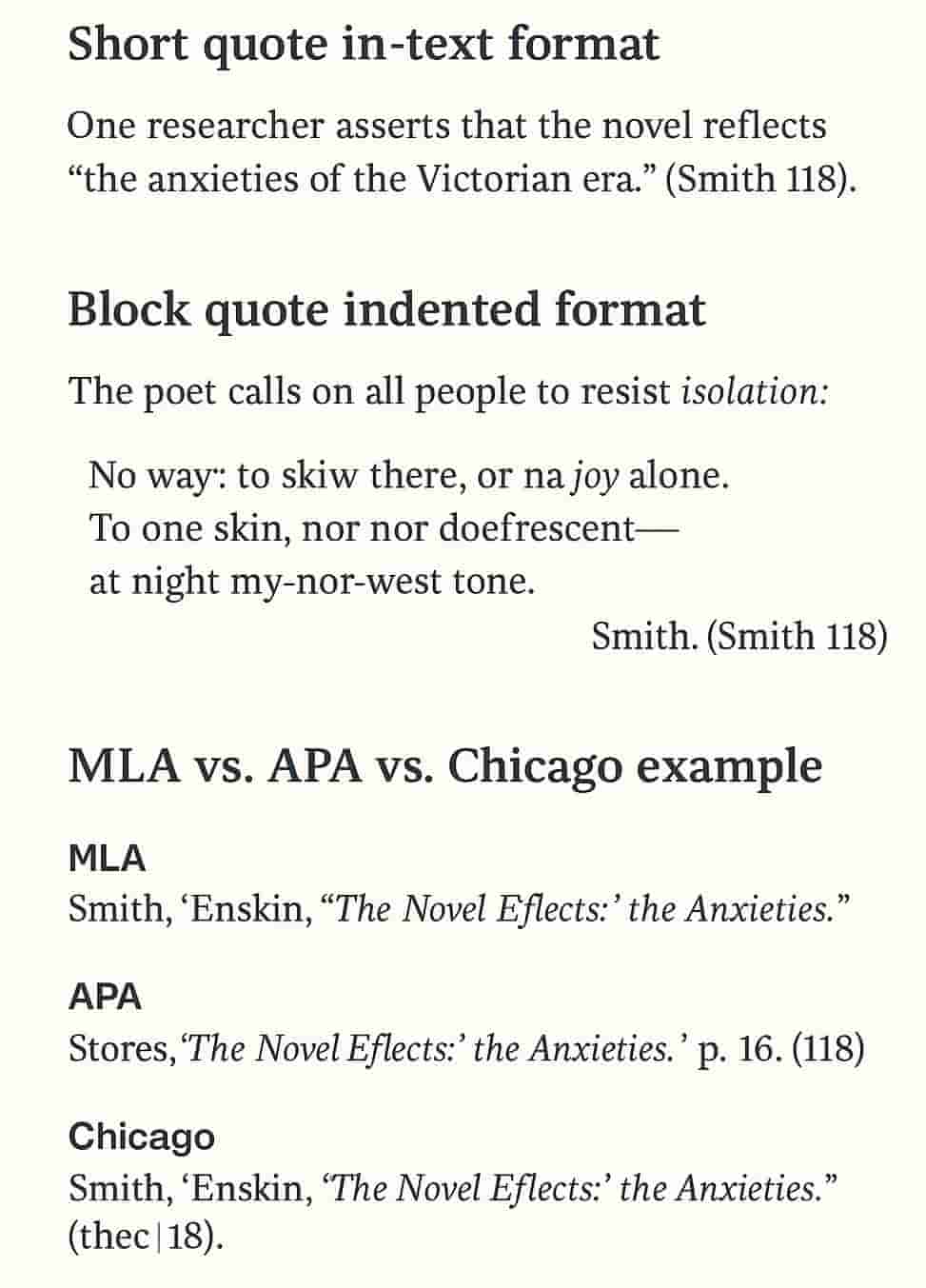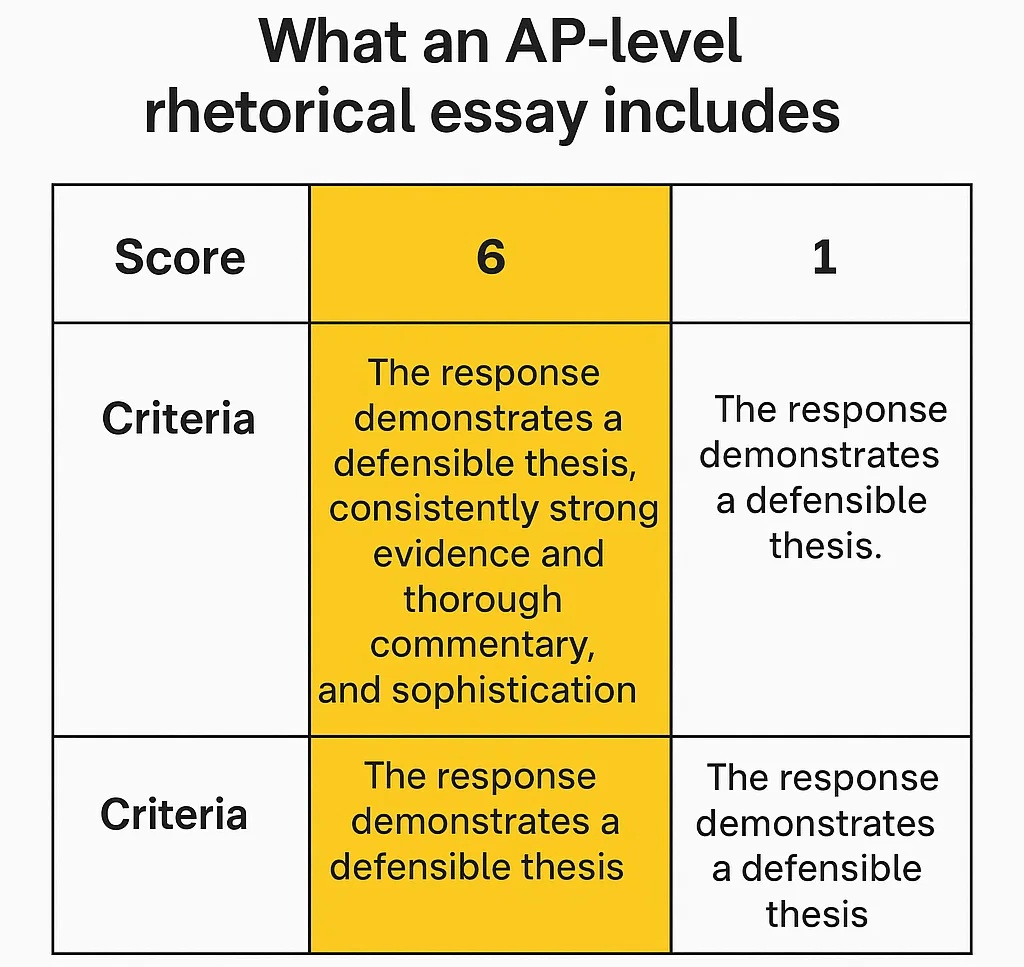Table of Contents
A rhetorical analysis essay focuses on how authors use language—rather than what they say. This type of essay explores how ethos, pathos, logos, and kairos influence readers or listeners. Whether you’re a high schooler preparing for AP Lang or a grad student decoding complex speeches, this guide gives you everything you need—from structure tips to formatting, AI tools, and full sample essays.
A rhetorical essay is not about agreeing or disagreeing with the author—it’s about how they make their case. You’ll assess how tone, diction, structure, rhetorical devices, and appeals come together to persuade the audience.
Rhetorical Essay Definition: An analytical essay that breaks down how arguments are built using techniques like ethos (credibility), pathos (emotion), and logos (logic).
Before writing your essay, it’s crucial to understand rhetorical tools. These strategies form the “rhetorical triangle” and give structure to persuasive writing. In this section, we explain the four main concepts—ethos, pathos, logos, and kairos—and show how they support the rhetorical triangle.
| Section | Description |
|---|---|
| Introduction | Hook + Context + Thesis (approx. 10% of word count) |
| Body Paragraph 1 | Topic Sentence + Evidence + Commentary |
| Body Paragraph 2 | Topic Sentence + Evidence + Commentary |
| Body Paragraph 3 | Topic Sentence + Evidence + Commentary |
| Conclusion | Restate Thesis + Summary + Final Insight (approx. 10% of word count) |
Tip: When preparing your essay, review AP Lang guidelines from College Board to see what top-scoring essays (thesis, evidence, commentary, sophistication) require.
A strong hook creates instant reader engagement. We’ve selected powerful hook quotes that not only grab attention but also set the stage for analyzing rhetorical techniques—perfect for crafted introductions.
See more in our Essay Hook Examples guide.
Understanding structure is key to success. Here, we break down the essential structure – introduction, body paragraphs, and conclusion and show you how to use a rhetorical analysis essay layout for maximum impact. Need help with layout? See our Essay Format guide. A typical rhetorical analysis essay follows this outline:

Need help crafting a strong thesis statement? Check out our Thesis Writing Guide.
When writing your analysis, be sure to include the following:
Learn how to write a persuasive essay and connect to other essay type guides.
Writing doesn’t have to be overwhelming. We walk you through the process from choosing a text to polishing your final draft – ensuring you know how to write each section with analytical precision and stylistic clarity. This guide simplifies the process for all academic levels:
Need help with writing basics? Check out “Write My Essay For Me” options.
Looking for AP-level samples? Here’s a rhetorical analysis essay example ap lang that aligns with exam standards and includes analysis of ethos, pathos, and logos.
Essay Title: Cleaning: The Final Feminist Frontier
Thesis: Jessica Grose uses pathos (personal anecdotes), logos (statistics), and ethos (credibility) to highlight unequal gender roles in housework.
“While men recently started taking on more of the childcare and cooking, cleaning still falls unfairly on women” (Grose, 2013).
Commentary: This quote blends emotional tone and statistical reality, appealing to pathos and logos simultaneously.
We’ve built a sample based on student-friendly format:
Introduction In Jessica Grose’s editorial, she discusses gender imbalance in housework. She draws readers in with anecdotes and backs up claims with research, using rhetorical strategies to evoke empathy and provoke thought.
Body Paragraph 1 (Ethos) Grose references her own experience and publications, establishing authority and connection.
Body Paragraph 2 (Logos) The author includes statistics about gender roles, like “66% of women do daily cleaning vs. 39% of men,” reinforcing her claim.
Body Paragraph 3 (Pathos) Her language evokes frustration and inequality, drawing the reader emotionally into the topic.
Conclusion By merging credible sources, emotional appeal, and strong logic, Grose’s article is a compelling call for gender equity.
Let’s break down the following paragraph from Jessica Grose’s article to show how each rhetorical appeal is used in context:
“While men recently started taking on more of the childcare and cooking, cleaning still falls unfairly on women.”
Step-by-step Annotation:
| Sentence Element | Rhetorical Device | Explanation |
|---|---|---|
| “While men recently started…” | Logos (Logic) | Uses a factual observation to introduce the argument. It appeals to reason by acknowledging social trends. |
| “Cleaning still falls unfairly…” | Pathos (Emotion) | Uses the word “unfairly” to trigger emotional concern about gender inequality. |
| The whole sentence | Juxtaposition | Contrasts men’s progress in some areas with ongoing inequality in others. |
This breakdown helps you see how strong rhetorical writing layers logic, emotion, and structure to make an argument more persuasive.
You could follow with:
Use these academic frameworks to add depth to your essays:
These tools are frequently recommended by instructors and academic forums like Reddit and CollegeBoard.
To craft a high-scoring rhetorical essay in AP Lang, follow the CollegeBoard rubric carefully. Start with a clear thesis, analyze rhetorical choices (not devices alone), and connect commentary to audience effect. Your structure should include introduction, body paragraphs based on appeals, and a conclusion reflecting the overall strategy.
Also, make sure to differentiate between analysis and summary. A rhetorical essay ap lang is less about “what was said” and more about “how it was said” to persuade the audience.
Modern writing demands smart tools. This section highlights how to use grammar checkers, AI-assisted writing platforms, readability enhancers, and citation support tools to refine your essay, improve clarity, and maintain academic integrity.
Looking for a reliable essay writing service? Remember—AI is a tool, not a shortcut.
A polished essay is one that adheres to academic conventions. From font selection to citation styles and quote integration—this section covers everything you need to make your rhetorical essay professional and credible.
| Element | Format |
|---|---|
| Font | Times New Roman, 12pt |
| Spacing | Double |
| Structure | Introduction > Body > Conclusion |
| Citations | APA, MLA, or Chicago |
| Quote Integration | Short quotes inline, block quotes indented |
| Format | In-Text Example | Block Quote Style |
|---|---|---|
| MLA | (Grose 23) | 1″ indent, double spaced |
| APA | (Grose, 2013) | 1″ indent, no quotation marks |
| Chicago | (Grose 2013, 23) | Block quote with footnote |

Need more on how to quote in an essay? Visit our dedicated guide.
Want to ensure your analysis aligns with scholarly standards? Refer to these trusted academic writing resources:
🔗 Purdue OWL – Academic structure, citation, and essay writing clarity
🔗 CollegeBoard – AP Lang rubrics and sample essays
Reference CollegeBoard’s AP Language rubric as used by CollegeTransitions:
Always align your analysis with AP Lang criteria like thesis clarity, commentary, sophistication, and rhetorical choices.
This mirrors the guidelines published by CollegeBoard, ensuring your essay meets real exam standards.

Before submitting your rhetorical essay, use this checklist to ensure your analysis is clear, focused, and effectively evaluates the author’s persuasive techniques.
1. What is a rhetorical essay?
A rhetorical essay is a type of analytical writing that focuses on how a speaker or writer uses persuasive strategies, not what they argue. It evaluates how rhetorical appeals like ethos, pathos, and logos are employed to influence an audience’s perception or behavior through tone, language, and structure.
2. What is a Rhetorical Analysis Essay?
A rhetorical analysis essay is a type of academic writing that examines how an author uses language and persuasive techniques—such as ethos (credibility), pathos (emotion), and logos (logic)—to influence or appeal to an audience. Rather than evaluating the content of the message itself, a rhetorical analysis focuses on how the message is delivered and how effectively it persuades, informs, or engages the reader or listener.
3. What is the rhetorical essay’s meaning?
The rhetorical essay’s meaning lies in evaluating the techniques of persuasion used by an author or speaker. Instead of judging the content’s accuracy or morality, it analyzes how effectively the message is conveyed through rhetorical choices.
4. What is the purpose of rhetorical analysis?
The main goal of rhetorical analysis is to identify and interpret how language is used to persuade or inform. It helps readers understand the methods used to shape opinion and build argument credibility, emotional connection, and logical reasoning.
5. What is a rhetorical analysis essay example?
A rhetorical analysis essay example might analyze how Martin Luther King Jr.’s “I Have a Dream” speech uses repetition and emotional appeal. The example dissects rhetorical devices, structure, tone, and effectiveness in persuading the audience.
6. What is a rhetorical analysis essay example of ethos pathos logos?
An example could be Barack Obama’s speech on racial unity, where he cites his mixed heritage (ethos), refers to injustices (pathos), and cites statistics on inequality (logos). This combination is evaluated to show how they appeal to different dimensions of the audience.
7. How to start a rhetorical essay with a hook?
Begin with a compelling hook quote, question, or bold statement related to your text. For example, “Words are our most inexhaustible source of magic” can be a springboard into analyzing how authors use rhetorical techniques to build engagement.
8. Can you show a sample rhetorical analysis essay introduction example?
Certainly! Example: “In her editorial ‘Cleaning: The Final Feminist Frontier,’ Jessica Grose highlights gender inequality through emotional storytelling and data. This rhetorical analysis explores how she uses ethos, pathos, and logos to persuade readers.” It clearly identifies author, text, and rhetorical approach.
9. What should a rhetorical analysis essay conclusion example include?
A strong rhetorical analysis essay conclusion restates the thesis, summarizes the core rhetorical strategies used, and reflects on their overall effect. It may also evaluate the author’s success in persuading their intended audience.
10. How is a rhetorical essay structured?
A rhetorical essay typically follows a classic structure: introduction (with hook and thesis), body paragraphs (organized by rhetorical appeal), and a conclusion. Each section focuses on analyzing the technique and its impact.
11. What does a rhetorical analysis outline look like?
The outline includes: Introduction (hook, background, thesis), Body Paragraphs (ethos, pathos, logos—each supported with textual evidence), and Conclusion (summary, effectiveness, reflection). This provides a clear roadmap for the analysis.
12. How do I format a rhetorical analysis essay outline for AP Lang?
Follow this AP-specific structure: intro with thesis, 3 body paragraphs for appeals (ethos, pathos, logos), commentary for sophistication, and a reflective conclusion. Include AP terms like evidence, commentary, and rhetorical choices.
13. Sample rhetorical analysis essay introduction example?
Here’s an example: “In her editorial, Grose highlights gender imbalance using emotional storytelling and factual evidence to appeal to readers.” This sets up the subject, approach, and strategy analyzed in the essay.
14. Rhetorical analysis essay example college – what to include?
A college-level rhetorical analysis essay should include a clear thesis, comprehensive breakdown of rhetorical strategies, direct textual evidence, and nuanced commentary explaining each choice’s impact.
15. What’s the difference between rhetorical and persuasive essays?
Rhetorical essays analyze how others persuade. Persuasive essays aim to convince the reader of your own opinion. The former dissects technique; the latter applies it.
16. How to write a conclusion for a rhetorical analysis essay?
Your conclusion should restate the thesis in new terms, summarize the use of rhetorical appeals, and evaluate the text’s success in persuading its audience. Make it insightful but concise.
17. Can I include quotes?
Yes, quotes are essential for supporting your analysis. Just be sure to format them correctly in MLA, APA, or Chicago style, and always provide relevant commentary after including them.
18. Who writes rhetorical essays?
These essays are commonly written by high school students (especially in AP Lang), college students in composition courses, exam takers, and researchers analyzing public discourse.
19. Where can I get help writing one?
You can consult academic writing centers, trusted online tools like Grammarly or Hemingway, or hire expert writers at platforms like MyAssignmentHelp.com for guidance and support.
20. How long is a rhetorical analysis essay typically?
A typical rhetorical analysis essay is around 750 to 1000 words for high school or AP Lang assignments and 1200–1500 words in college-level writing.
21. What is SOAPSTone in rhetorical writing?
SOAPSTone stands for Speaker, Occasion, Audience, Purpose, Subject, and Tone. It’s a tool used to analyze rhetoric in texts—highly useful in AP Lang.
22. What’s a good AP Lang rhetorical essay introduction format?
Start with the speaker/text info, context, and end with a thesis outlining rhetorical strategies like logos, pathos, and ethos.
23. What makes a rhetorical analysis different from other essays?
Rather than expressing opinion or persuading, rhetorical essays analyze how others persuade through language, tone, and appeals.
24. How should I conclude my rhetorical essay in AP Lang?
Reinforce the thesis, synthesize rhetorical strategies, and evaluate the overall impact on the intended audience.
25. Where can I find credible rhetorical essay examples?
Check MyAssignmenthelp.com, Purdue OWL, CollegeBoard sample prompts, and expert-written guides like this one.